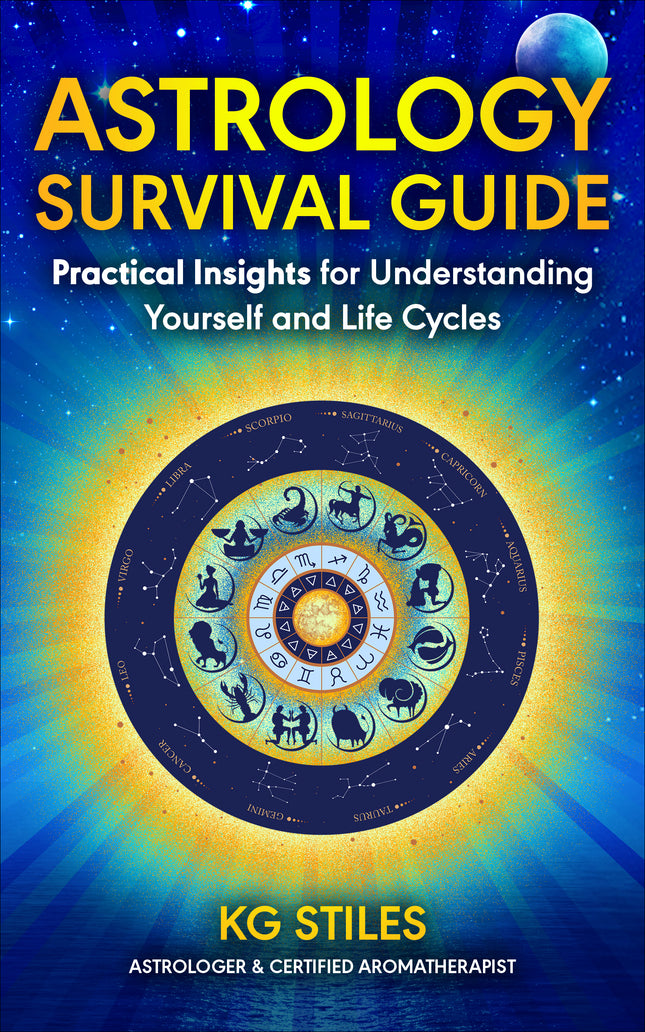 Based on their distinguishing qualities, each of the 12 chemical families can be divided into 12 Archetypes and their characteristic Elemental Powers.
Based on their distinguishing qualities, each of the 12 chemical families can be divided into 12 Archetypes and their characteristic Elemental Powers.
These 12 archetypes, and their chemical families, tell us about the therapeutic properties, actions and effects of essential oils.
You can select essential oils to use alone, or in a formulation, to promote healing for specific conditions, based on their specific archetype and therapeutic chemical properties, actions and effects.
PLEASE NOTE: Depending upon the percentage(s) of a chemical component that comprises an oil, it can be classed in more than one chemical family.
Ether (Phenylpropanoids) - Archetype: The Transformers
ELEMENTAL POWER
Clear & Restore
ETHER PROPERTIES
Ethers rarely occur alone in essential oils. Phenolic ethers are the most commonly found ethers in essential oils.
Ethers contain an ether group - an oxygen atom connected to two alkyl or aryl groups. They have the general formula R–O–R′, where R and R′ represent the alkyl or aryl groups. Ethers are classified into two types: Simple or Symmetrical and Mixed or Unsymmetrical, depending if the groups are the same on each side of the oxygen atom, or mixed.
Characteristic aromas of ethers are anise-like, citrusy, herbaceous, spicy, sweet, and woody.
Common Ethers
Anethole - Anise and Fennel.
Anethole (also known as anise camphor) is widely used as a flavoring substance. It is a derivative of phenylpropene, a type of aromatic compound that occurs widely in nature and in essential oils. It contributes a large component of the odor and flavor of anise and fennel (both in the botanical family Apiaceae).
Estragole - Sweet fennel.
Closely related to anethole, estragole is abundant in tarragon (Asteraceae) and basil (Lamiaceae), and has a flavor reminiscent of anise.
Research studies show that anethole is a slightly more effective pesticide than DEET. Anisaldehyde, a related natural compound, that occurs with anethole and in many essential oils, is 14 times more effective. The results of the study suggest that antheole and estragole derived from anise seeds are useful for the development of new agents to control food mites.
Methyleugenol - Holy Basil
A study was conducted on the aromatic profiles of five Basil essential oils, including Holy Basil, by food researchers. The researchers were focused on the search for natural products that could replace chemically synthetised food additives as there has been an increasing concern on liable health problems associated with synthetic food flavoring agents. It was concluded that future research could be extended to use natural products from these plant species as additives active against food microbials and in agriculture as a bio-control agent.
Myristicin - Nutmeg
Mysisticin is found in highest concentrations in nutmeg oil. It is primarily used as a food flavoring agent. Studies have shown it to produce psychoactive responses (in higher doses than used for cooking) and significant insecticidal activity.
Ether Actions & Effects
Antiseptic - prevents, halts infection.
Antispasmodic - relieves involuntary muscle spasms.
Spasmolytic - calms nervous and muscular spasms, for colic, pain and indigestion.
Digestive - promotes or aids digestion of food.
Carminative - helpful for relief of gas, bloating and nausea.
Insecticide - substances used to kill insects.
Psychoactive (at high doses) - affecting the mind, used for altering the mood and perception.
Essential Oils in this Class
Preferred distillation method, part of plant used, and some best locations for production.
ANNISE SEED - Phenolic Ether - (Pimpinella anisum), steam distilled seed, Egypt.
CINNAMON LEAF - Phenolic Ether - (Cinnamomum zeylanicum), steam distilled leaf, Madagascar.
FENNEL SWEET - Phenolic Ether - (Foeniculum vulgare), steam distilled seed, Egypt.
BASIL - Phenolic Ether - (Basil oil, ct. methyl chavicol), steam distilled leaf, USA.
ROSEMARY CINEOLE - Oxide/Ether (Rosmarinus officinalis), steam distilled leaf, Morocco.
NUTMEG - (Myristica fragrans), steam distilled seed, Indonesia.
DILL - (Anethum graveolens), steam distilled weed, USA & India.
PARSLEY - (Petroselinum sativum), steam distilled seed, Indonesia.
CAUTIONS: Use with care in low doses of 1% or less for short durations. Avoid in pregnancy and breast-feeding. Possible safety issues include liver toxicity, estrogen-like activity, neurotoxic effects, psychotropic, and genotoxicity (interferes with DNA). Please check each individual oil for specific cautions.
READ first article in this series, Aromatherapy Archetypes - 12 Natural Healers - The Male Athlete.





Leave a comment